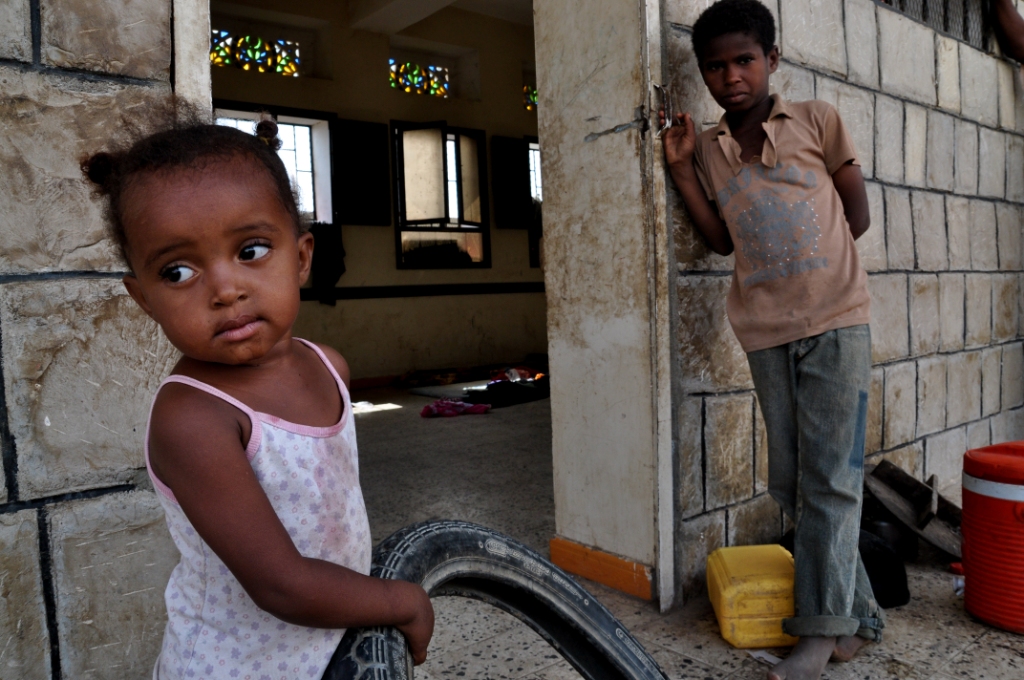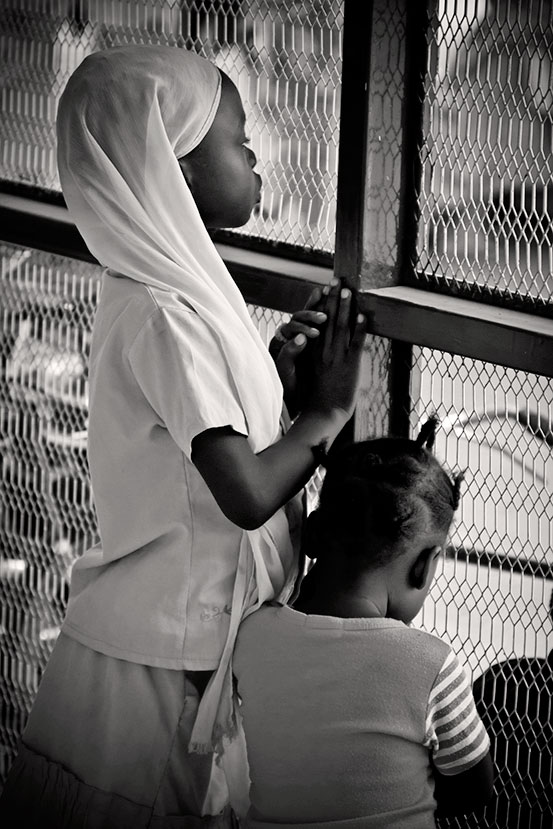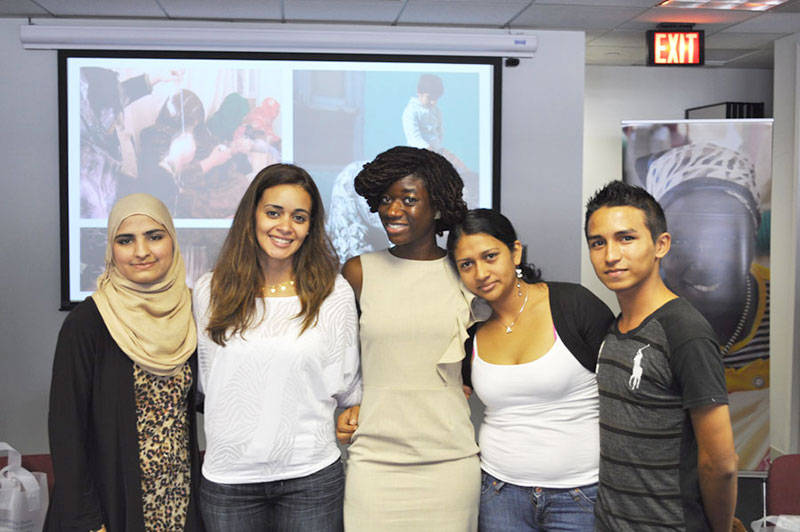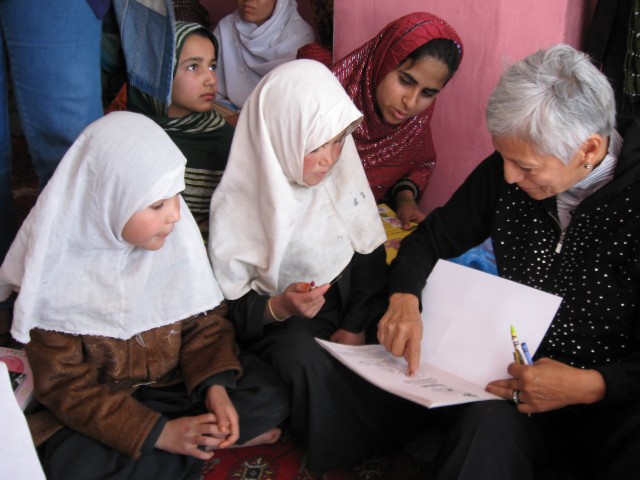Diane Prouty, Karen Tietjen and Mark Sweikhart (Washington, DC)
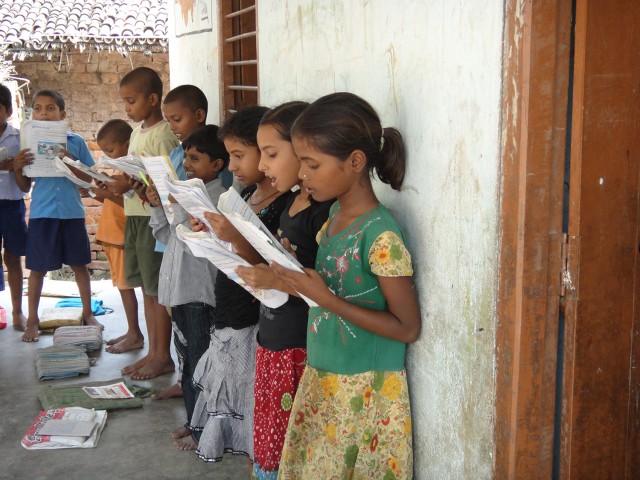
Three researchers sit at the back of a grade 2 classroom in a rural community hours from the capital city. This is one of the last classrooms on their list of schools to observe. They have visited classrooms around the country for the past two weeks collecting data on the teaching and learning of reading. Nearly 90 children are huddled together in 15 groups at wobbly tables and benches in the classroom they are visiting today. Most of the children squeeze tightly together on the benches while those who are unable to find space at a bench lean against the shoulders of those who can find a seat and observe from behind. Most students are engaged in the lesson but not all. Some whisper in the ear of a nearby student; others stare out the window watching villagers walk through the school grounds on their way to the market or at cows grazing on sporadic shoots of grass peeping out of the ground. There is always something going on to distract them when they don’t want to listen to the lesson anymore and the cacophony of noise outside their classroom makes it easy to ignore the noise inside the classroom.
The brownish mud spackled walls of the classroom are bare except for a teacher-made poster of the letters of the alphabet and a large poster about mosquitoes and the dangers of stagnant standing water. At the front of the classroom is a tired, worn out blackboard whose once smooth surface is now blemished by cracks and large brown gouges. The chalk makes faint marks on its surface which you can barely read even from the middle of the classroom. The teacher has written several sentences and lists of words on the board that don’t seem to have anything in common. Her penmanship is distorted by the uneven surface of the blackboard further exacerbating the struggle to read what she has written in letters so small even those sitting in the front of the classroom need to squint to see them. (more…)


